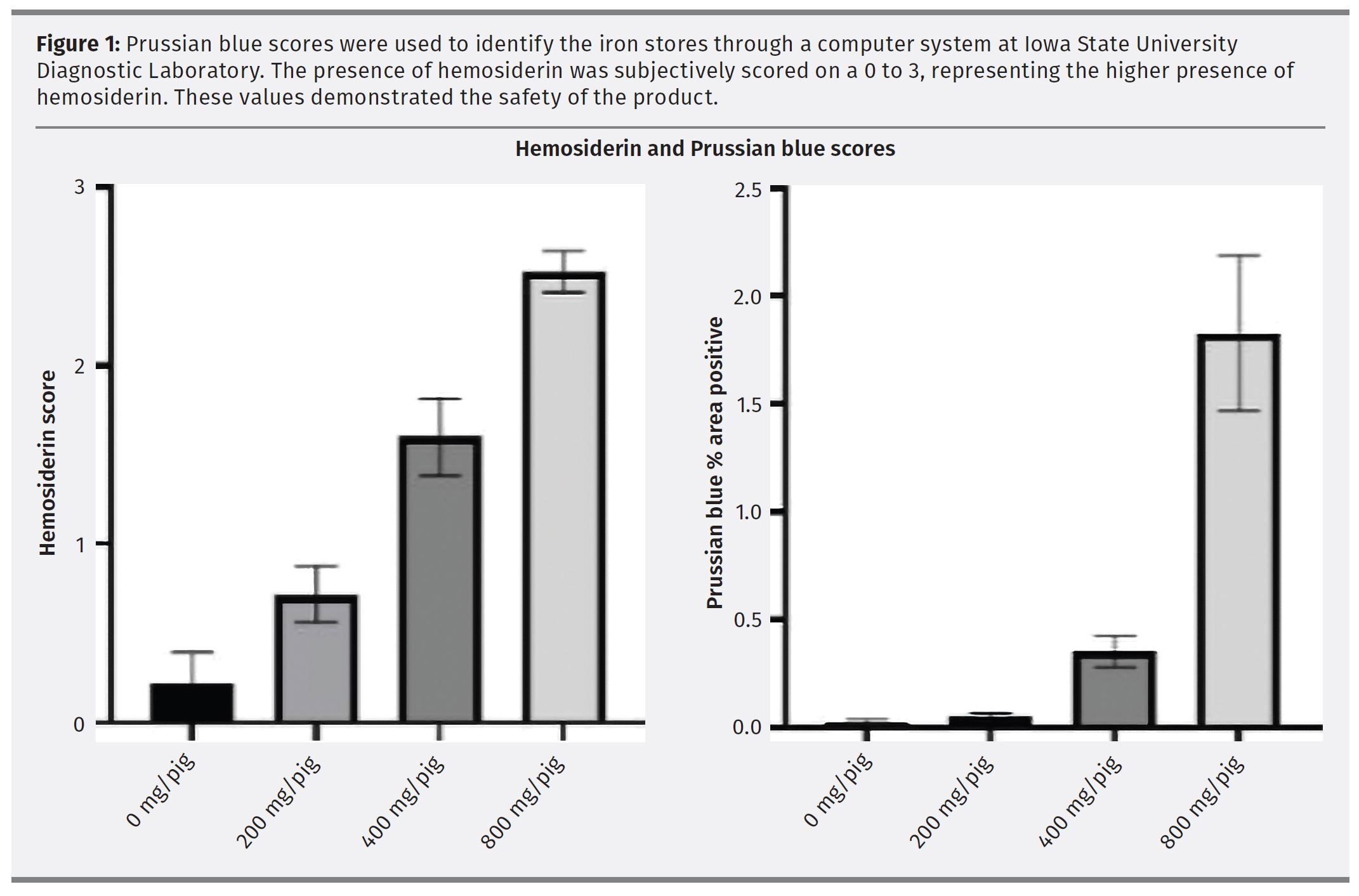



AASV: Liver iron content in piglets
Piglets usually receive a 200 mg iron dextran injection, but is more needed?Editor's note: the following is from a poster presentation by J. Fennell and faculty members, College of Veterinary Medicine, North Carolina State University, at the 2024 annual conference of the American Association of Swine Veterinarians.
Sow’s milk and neonatal piglet iron levels pose a challenge, creating susceptibility to iron deficiency and subsequent microcytic, hypochromic anemia. To counteract this, piglets commonly receive a 200 mg intramuscular iron dextran injection within their first three days of life. While normal pig liver iron content ranges from 100-200 ppm, it has been observed that suckling or recently weaned pigs may exhibit higher levels, from 1500-2000 ppm. This study aimed to establish reference intervals for blood and tissue iron parameters in piglets under 30 days that received injectable iron, addressing the scarcity of data on post-injection liver iron content.
At day 0 all pigs received their initial iron injection (none, 200, 400 or 800 mg), with subsequent blood samples taken at day 0, 7, 14, 21 and 28. Samples were collected only from euthanized pigs, selected randomly. Five pigs euthanized on day 0 served as “reference standards” for mineral panels. Serum ferritin and hepcidin were measured.
A steady weight increase in all groups was observed throughout the study. By day 28, the 200 and 400 mg groups exhibited significantly greater body weights than the control group, indicating no advantage to iron doses higher than 200 mg.
Basophil concentrations decreased by day 7, followed by an increase, with all treated pigs surpassing the control group by day 21. Eosinophil concentrations were erratic, particularly in the 0 and 800 mg groups. Lymphocytes and monocytes increased post-weaning in the control group, with higher concentrations in the 400 and 800 mg groups on day 28. The control group displayed microcytic, hypochromic anemia. Platelet numbers decreased from day 0 to day 21 in the treated groups, while the control group showed an increase at days 7 and 14.
Serum iron concentrations were higher in the 400 and 800 mg groups on days 7 and 14, except for the 200 mg group on day 28. Liver iron concentrations were consistently higher in the 800 mg group.
No statistical difference in hepcidin was observed among groups. No significant differences in serum ferritin concentration were noted. Pathology reports indicated no hepatotoxicity at any dose or time point.
Piglets which did not receive supplemental iron dextran injections showed anemia with increased hepcidin and reduced growth. Although there were hematological differences among the groups that received 200, 400 and 800 mg of iron dextran, there were no pathological lesions found in the liver of the pigs. The excess hemosiderin and Prussian blue scores simply reflect the iron storage in these pigs (Figure 1).
As expected, there were increased serum and liver concentrations of iron following injections of 400 and 800 mg iron dextran, and the pigs thrived and grew without complications. In summary, it is evident that a 200 mg dose of iron dextran is sufficient, but that the higher doses of 400 and 800 mg did not cause any pathological issues in the pigs.








